< more recent | 8 – 31 August 2019 | older >
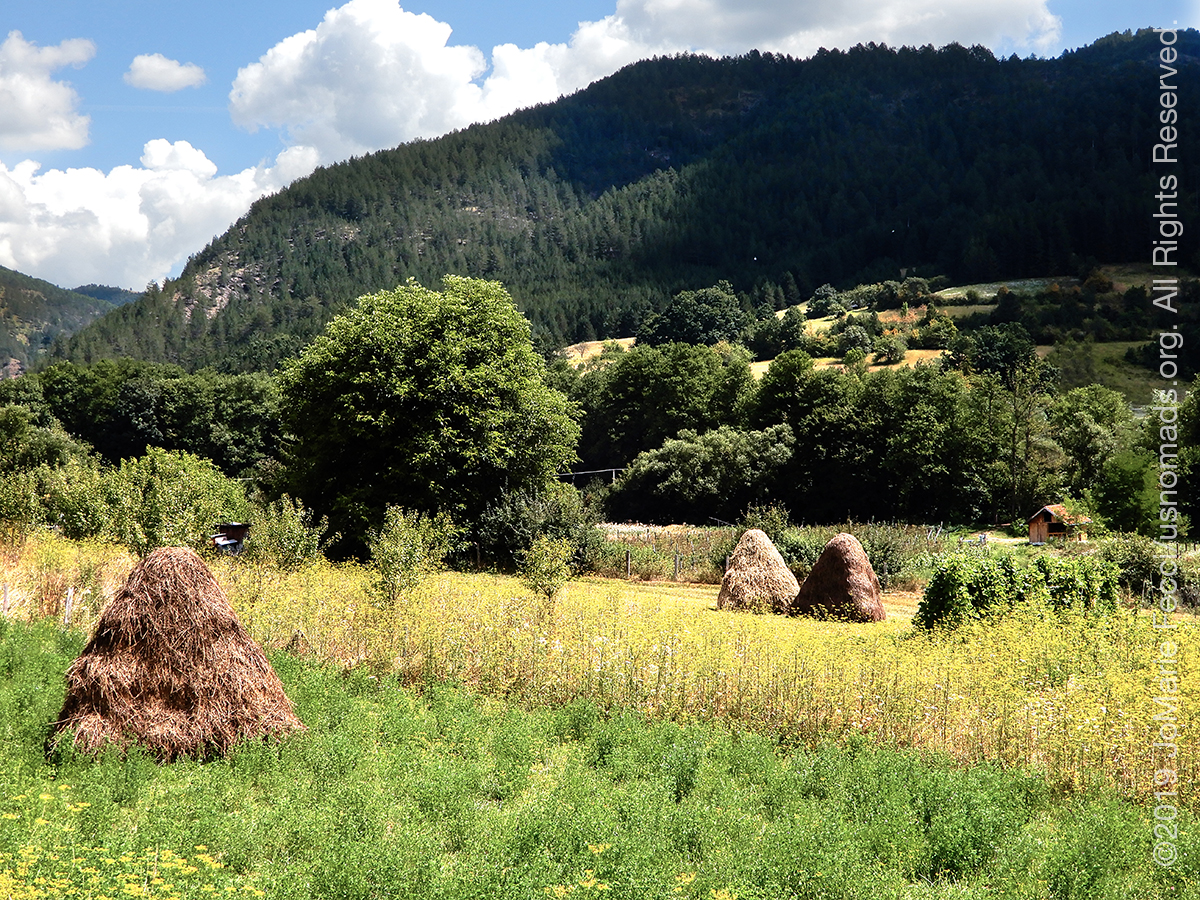
17 August 2019: Crossed the border back into Serbia and marathoned it all the way to the village of Miliva, arriving just after sunset. It was a long drive-day made worse by border-traffic and construction delays, but the little outing had been well worth it, and we settled in for a final evening in the familiar countryside ambiance…
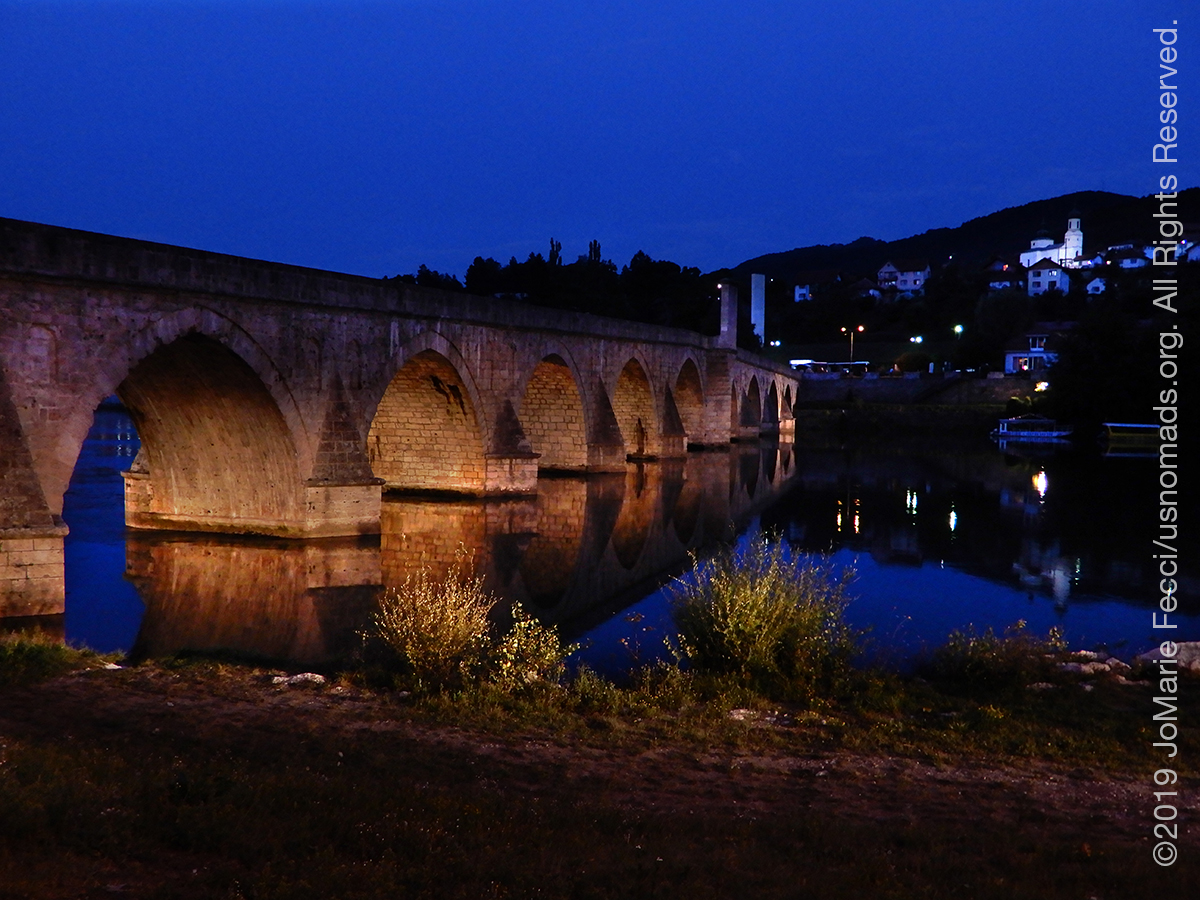
16 August 2019: The goal of our road trip was to reach this historic bridge over the Drina river in the Bosnian town of Višegrad. The the Mehmed Paša Sokolović Bridge is most famous from a novel by Ivo Andric and it is actually a UNESCO World Heritage Site just over the Serbian-Bosnian border. We arrived in the evening just as darkness was settling in and spend some time walking across the bridge and enjoying the evening on the edge of the Drina…
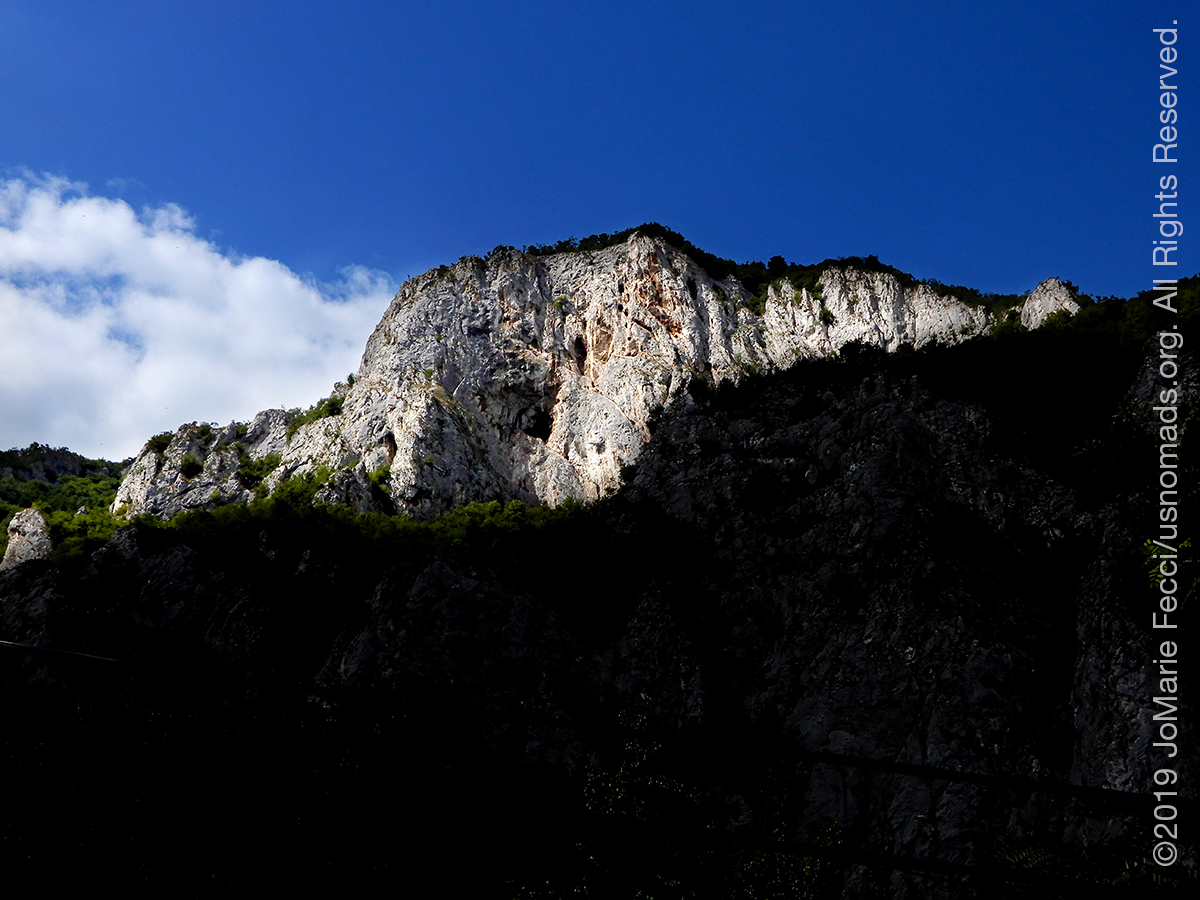
15 August 2019: We set out for a short road trip through the Ovcar Kablar Gorge, a beautiful area of mountains with a twisting river and some rugged rock faces, that is historically interesting because it is home to a series of ancient Serbian Orthodox monasteries tucked into the hills in an area that was once on the front lines of a struggle between empires. Today this region is a destination for outdoor activities and it is possible to climb to the top of some of the mountaintops, though we did not have enough time to do more than short hike and a quick monastery visit…
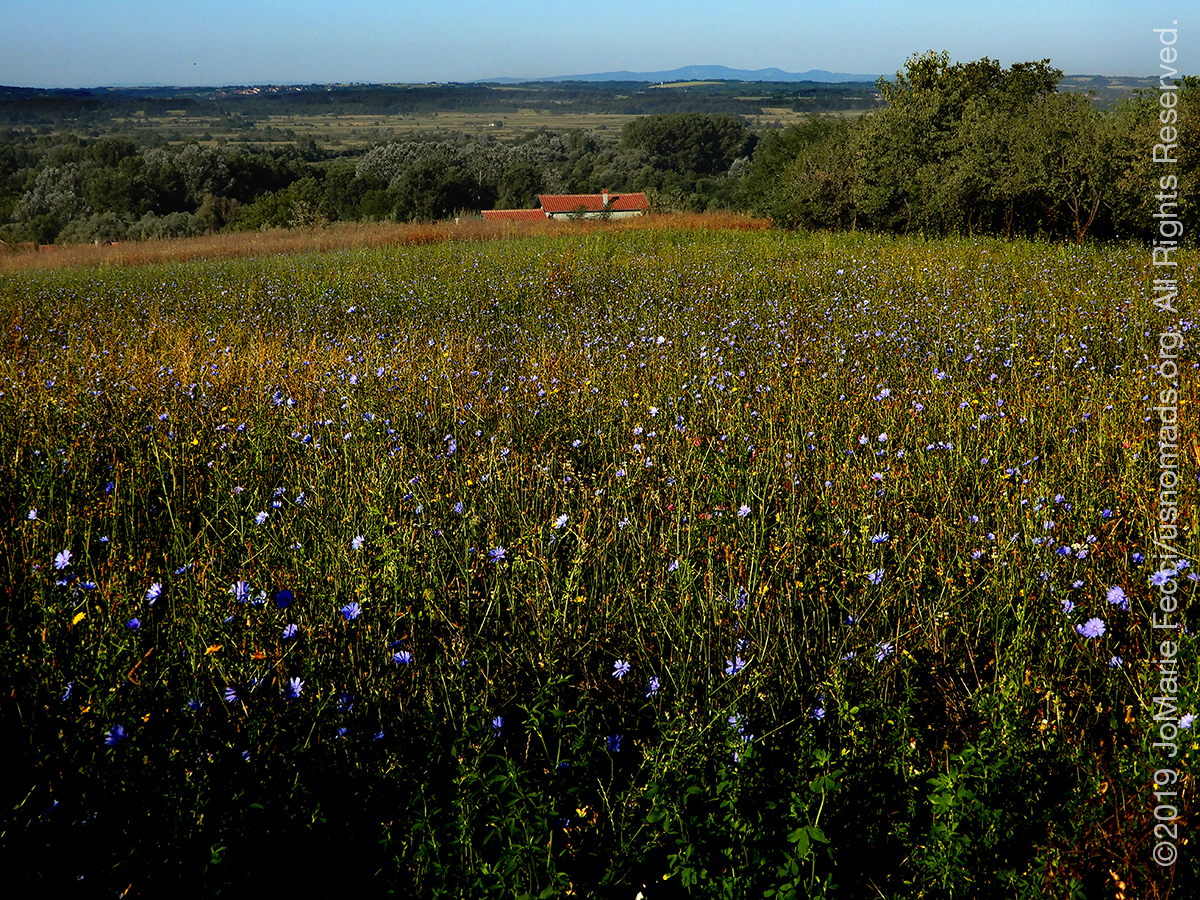
13 August 2019: Time for some leisurely hiking in the hills surrounding the village where there are fields of wildflowers and we can still find berries to pick as we follow trials up to the plum trees. This year the harvest came early and the plums have already been gathered, getting ready to make the next batch of rakija …
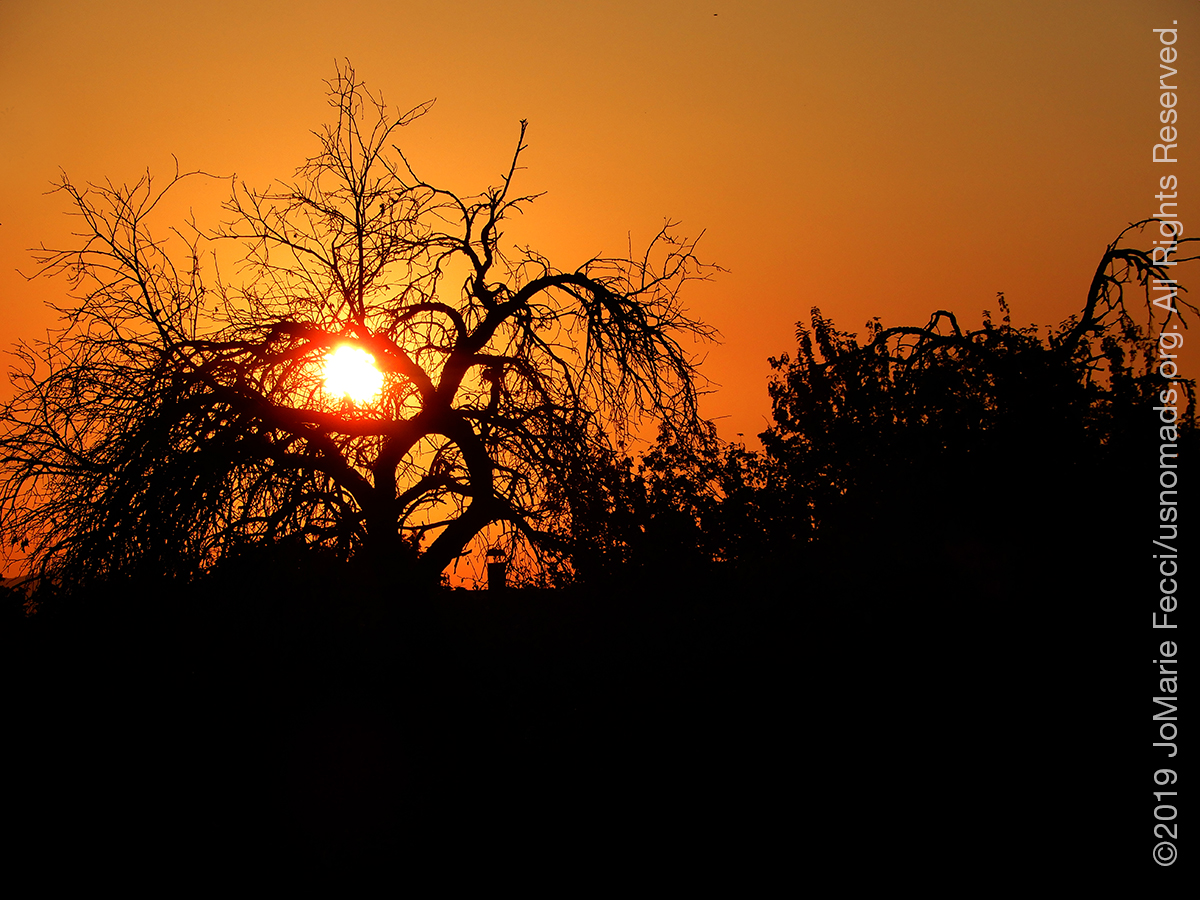
11 August 2019: Enjoying the calm of late summer in the Serbian countryside with good friends and plenty of natural beauty surrounding us as we pass a few days all together in the village. It is a very welcomed slower pace here that allows us to appreciate the simple things, including an amazing sunset in a favorite spot …
THIS MONTH:

Heading to a small village in Serbia to help out with the annual plum harvest and spend some time exploring the countryside with friends …
COMING UP SOON:

Back to Pennsylvania Coal Country to guide for the 2019 Women’s Wheeling Day at Rausch Creek Offroad Park hosted by Jeep Girls Rock. The day focuses on learning, enjoying the trails and meeting new friends, and is for all trail levels, from beginners to advanced. Female Guides will be assigned to each group and will encourage those who have never wheeled before as they build confidence out on the trails and learn what their vehicle is capable of (guys are welcomed to attend and ride along with women drivers at this family event) …
THE BRIDGE AND THE BOOK
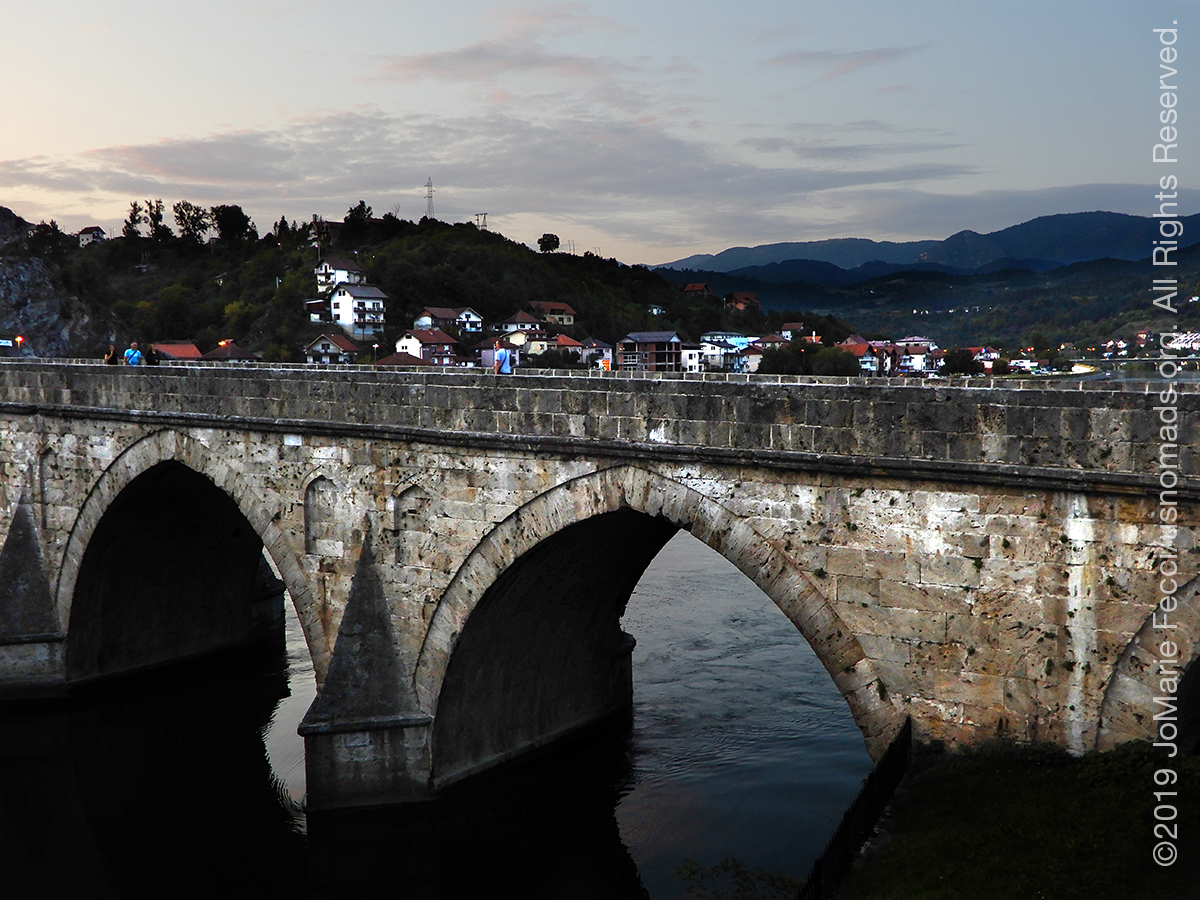
The Bridge on the Drina is a historical novel by the Yugoslav writer Ivo Andrić, revolving around the Mehmed Paša Sokolović Bridge in Višegrad. The bridge spans the Drina River and stands as a silent witness to history from its construction by the Ottomans in the mid-16th century until its partial destruction during World War I. The novel covers about four centuries of Ottoman and Austro-Hungarian occupations of the region, and chronicles the lives of the local inhabitants. The author, Andrić had been Yugoslavia’s ambassador to Germany from 1939 to 1941, during the early years of World War II, and was arrested by the Germans in April 1941, following the Axis invasion of Yugoslavia. In June 1941, he was allowed to return to German-occupied Belgrade but was confined to a friend’s apartment in conditions that some biographers liken to house arrest. The novel was one of three that Andrić wrote over the next several years. All three were published in short succession in 1945, following Belgrade’s liberation from the Nazis. The Bridge on the Drina was published in March of that year to widespread acclaim. In 1961, Andrić was awarded the Nobel Prize in Literature and his works became subject to international recognition. The Bridge itself was reconstructed after World War I and is now a UNESCO World Heritage Site. It was originally constructed in 1577 by Mimar Sinan, one of the greatest architects and engineers of the classical Ottoman period, on the order of the Grand Vizier Mehmed Paša Sokolović. The 179.5-meter-long (589 ft) bridge is characteristic of the apogee of Turkish monumental architecture and civil engineering. Three of its 11 arches were destroyed during World War I and five were damaged during World War II but subsequently restored, with the latest renovations being undertaken in 2010.
THE OVCAR KABLAR GORGE
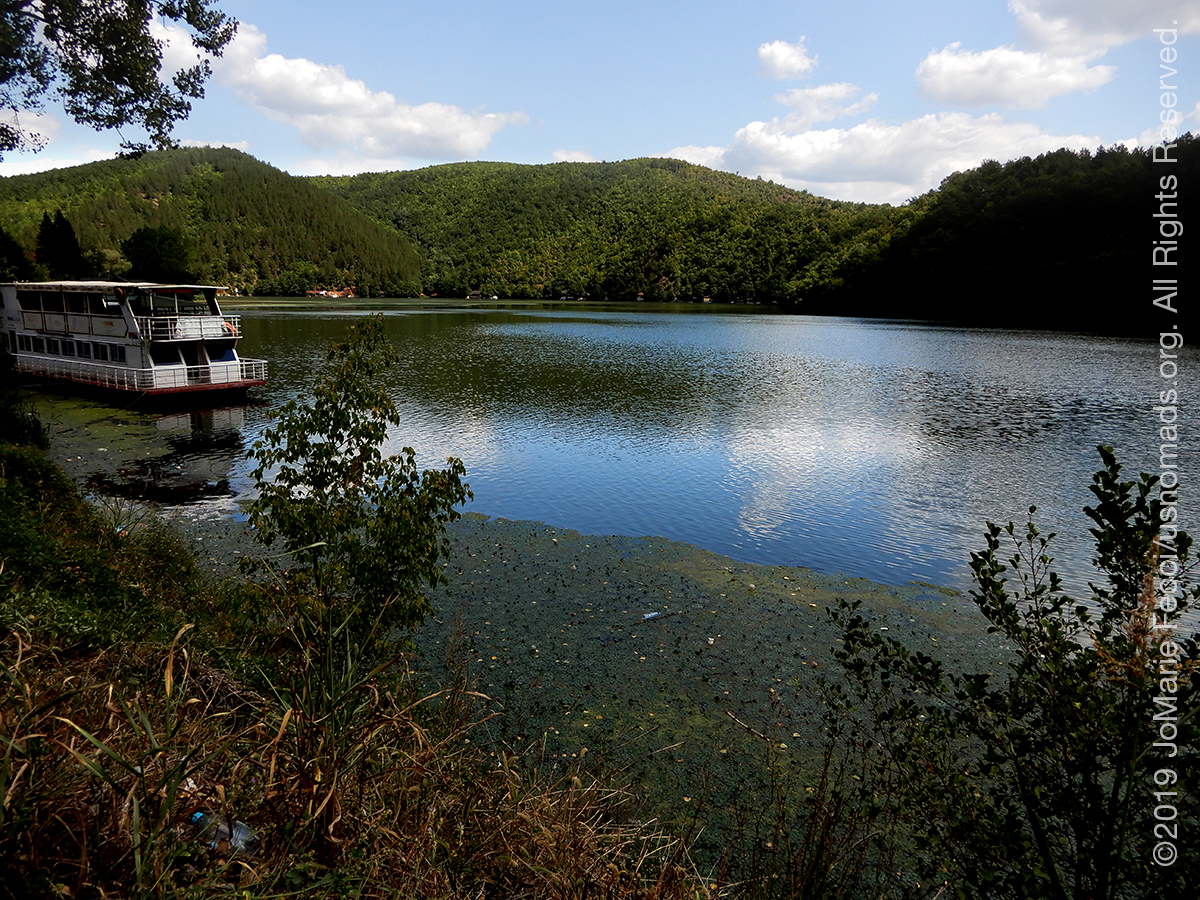
The Ovčar-Kablar Gorge in western Serbia is part of the composite valley of the West Morava river, and is home to over 30 monasteries, some dating to the 14th century. Halfway between the towns of Čačak and Požega it is roughly 155 kilometers south-west of the capital Belgrade. The gorge is at the narrowing of the valley carved between the mountain Ovčar (985 meters) on the south and Kablar (889 meters) on the north, where the river meanders between them for 15 kilometers. The monasteries clustered there because the difficult terrain made for a good refuge from the dangers of clashing empires. The first churches were built in the early 14th century, after mercenaries from the Catalan Company raided the Byzantine Mount Athos in 1307-1309 forcing Serbian Orthodox clergy to flee the peninsula. Another wave of refugee priests came after the Turkish-Serbian Battle of Maritsa in 1371. Today only 10 monasteries, one church and one sacred cave remain — most of them from the period of Ottoman occupation in the 15th-18th century. Uspenje, the main monastery in the group, is on the north slopes of the Kablar mountain. Vavedenje is on the right bank, toward the end gorge. Blagoveštenje is one of the oldest remaining monasteries, originally from the medieval period of the Nemanjić dynasty. Kađenica or “Smoke Cave” is a cave-church where people found refuge during the anti-Ottoman revolt in 1814 (Hadži Prodanova buna). When the Ottomans discovered their hiding place, they set a fire using straw and wood, suffocating everyone inside. The victims remains are buried in two stone sarcophaguses under the church altar apse. Sveta Trojica, a secluded monastery on the hill across Blagoveštenje, is considered to be the most beautiful of all Ovčar-Kablar monasteries. The other monasteries include Jovanje, Nikolje, Vaznesenje, Preobraženje, Sretenje, Ilinje and Savinje.
Nesconset | Paris | Belgrade | Atlanta
MORE NOTES FROM THE ROAD:
1-8 August – #LONCON2019
16-31 July – Roadtrip to Atlanta
1-15 July – Cape Cod
15-30 June – Eastern Long Island
1-14 June – Bantam Jeep Festival
May – PA Trail cleanup
22-30 April – Minnesota
16-21 April – PA Trails
1-15 April – New Jeep
15-31 March – Paris
1-14 March – Arizona
15-28 February – San Antonio
1-14 February – Sedona and Glamis
January – Iran
December – Holiday Road Trip
16-30 November – Senegal
1-15 November – Paris
October – New York
September – Southwestern Deserts
22-31 August – New York
8-21 August – Serbia
Archive
REFLECTIONS
A quick overview of impressions from a stop in Cairo during our recent scouting mission in Egypt and Sudan … [read]
SPECIAL REPORT
A look into south-eastern Algeria on the border with Libya and Niger: overlanding with the Tuareg in one of the most remote corners of the Sahara … [read]